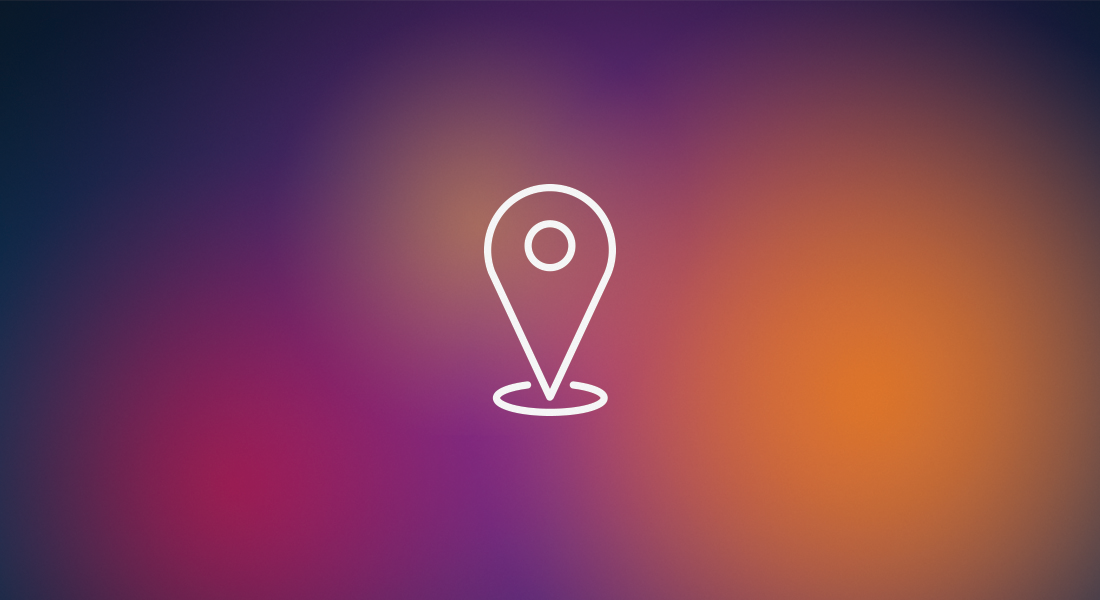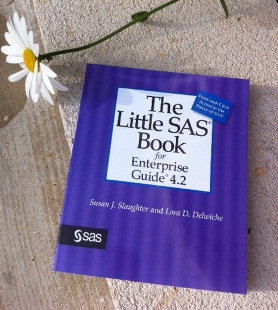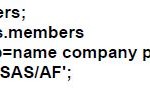All Posts

Jenine Milum is the Vice President and Analytics Manager at Wells Fargo Bank. About 10 years ago, she learned a valuable, but little known solution to cutting the CPU processing time when dealing with large data sets. "We were processing log activity for our website on a daily basis," says Milum,

Have you used the MEANS procedure to calculate frequencies: for several variables in the same step? without sorting the data first? without checking for missing values? using the TYPE statement and the CLASS statement together? At the recent SouthEastern SAS Users Group conference, Janet Willis shared what can go wrong

This week's SAS tip is from Susan Slaughter and Lora Delwiche's bestselling The Little SAS Book for Enterprise Guide 4.2. Susan and Lora are revered in the user community. And their work continues to help SAS users throughout the world. I hope you'll also find value in this week's excerpt. The following excerpt is from

Kirk Paul Lafler, Software Intelligence Corporation, has written four SAS books and more than 500 peer-reviewed papers - 19 of which were awarded Best Contributed Papers or Poster, so I’m going to believe him when he says that he’s figured out a thing or two about tuning SAS systems.
A recent question by a user lead led me to experiment with what is often referred to as conditional highlighting. The user wanted to display a bar chart of response by year, where each bar is colored by year, and show a cross hatch pattern on the bars where the

Have you heard the expression "Talk Turkey"? Well then, what better (tongue-in-cheek) thing to do around the Thanksgiving holiday, than talk some turkey using SAS Graphs! ;) I don't usually decorate my graphs with images and pictures (they typically make the graph more difficult to read), but when it comes

The LOC function is one of the most important functions in the SAS/IML language. The LOC function finds elements of a vector or matrix that satisfy some condition. For example, if you are going to apply a logarithmic transform to data, you can use the LOC function to find all

As the holidays approach, we’ll all have some down-time to catch up on personal and professional reading, hopefully cozied up by a fire with a cup of hot chocolate in hand. While most books regarding data-driven decision making and value-added analyses can be pretty heavy, I’d like to suggest two

In pharmaceutical research, analysts often want to see the number of respondents who are at each site and the treatment they receive. Apparently, there's more than one way to produce correct results when you are using the PROC MEANS procedure. In Janet Willis' paper, Do You Have Too Much Class?, (awarded Best

Are you considering submitting a paper to the SAS Global Forum? The deadline for submissions is right around the corner – here’s some ideas to help you get your paper selected! Steve Overton and Tricia Aanderud have presented papers at several of the SAS user groups and here are a

Analytics maturity is a hot topic right now. Many come to SAS for answers on how to assess their analytics maturity and advance their use of analytics, especially at a corporate level. I want to share the highlights of what we usually prescribe from a best practices perspective regarding advancing

'Develop an Analytic Center of Excellence (COE)' could be translated to – develop a culture of analytics in your organization such that every department and division sees value in analytics and pursues measurement for all strategic decisions.

As one of the external instructors for the SAS Platform Administrator Fast Track course in Australia, I have found that the students who attend the courses come from diverse backgrounds. My experience so far has been an approximate 50-50 split, with half being IT system administrators wanting to learn how

Justin Smith and William “Gui” Zupko were looking at manufacturing data over time and wanted to know the minimum value in their dataset, and they wanted to pinpoint its exact location – the specific row and column. PROC ARIMA uses the ARIMA (auto-regressive integrated moving average) model or the ARMA

SAS Publishing has been offering eBooks through partners like Amazon, Apple, and Google, for a number of years. Our content is also available through subscription-based companies like Books 24x7, Safari, and EBSCO. We have learned that taking content developed for hardcopy and turning it into an ebook is not a










